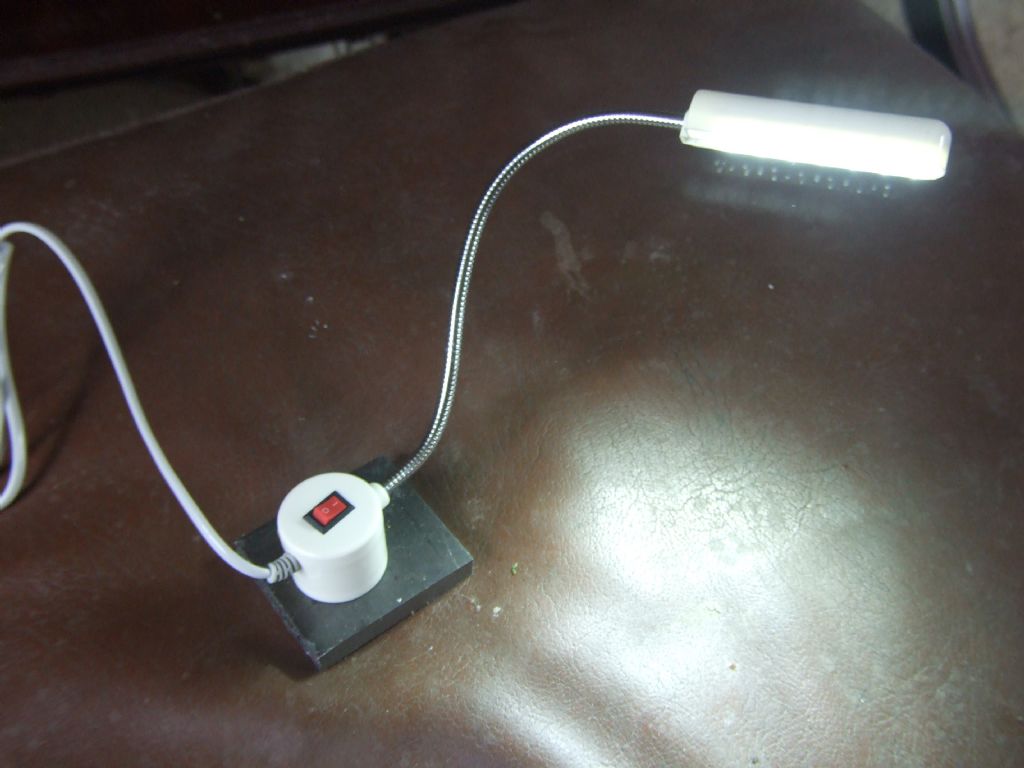Posted by Malcolm Parker-Lisberg on 10/04/2016 15:30:33:
It makes sense to keep conductive materials away, but where do you think Ikea electronic products are made ? And they don't use transformers anymore because of the cost of the copper, they use an electronic inverter just like the lamp and they are made in mainland China too The electronic inverter has inheriently better isolation between input and output.
As they are double insulated an RCD will offer little protection in the case of an internal short Protect the wiring by using a 3A fuse, which incidently neither USA or Europe 2 pin plugs are fused. So fit a UK 13A plug and 3A fuse.
You can buy the identical unit from Amazon (UK) supplier for £7.99) or from the sewing machine distributors for £25
So yes, Caveat emptor, but do some research first.
You're missing the point. By law any products sold in the EU must be CE marked and this is a legally binding declaration that all the creepages and clearances have been met, the materials used are approved for use as insulators, the approved temperature range of the safety barrier components is not exceeded and the EMC (emissions and susceptibility) have been tested and meet the statutary requirements – amongst other things.
There are plenty of products that come nowhere near meeting the basic safety requirements. One excellent way to acquire them might be to buy direct from China, without CE mark and knowing nothing about their parentage. On the other hand, if you buy from a reputable company like IKEA, they will have ensured that any products they stock are properly approved and have meaningful CE marking. Whether they are made in China or not is beside the point.
As for switch mode power supplies (they are not called inverters), there is no reason to suppose that they are any more or less safe than a 50/60Hz transformer. It's perfectly simple to construct either sort using minimal creepages and clearances, using unapproved insulation and safety critical components. Believe me, in several decades developing power electronics products, I've seen plenty examples that were potentially lethal.
The benefit of using an RCD is that you would be protected against a breakdown in the isolation barrier – such as you might find if it were designed by a cowboy. If a hazardous voltage appears on a user accessible part and generates a current through the user to ground, that user would be very grateful to have the RCD trip. To qualify as "double insulated", you have to meet certain requirements.
Failure of the primary circuit generally causes a fault current to flow and (again) the regulations require this to happen in a manner that will not result in a hazard (shock, fire etc) – it is a requirement to have a fuse on the AC connection to limit the fault current. The notion that unfused US and EU plugs somehow present a hazard is fatuous.
Murray
 Russell Eberhardt.
Russell Eberhardt.




